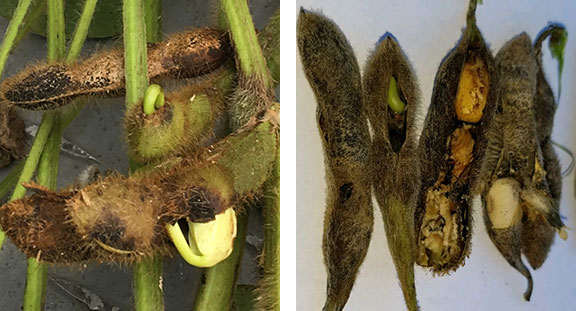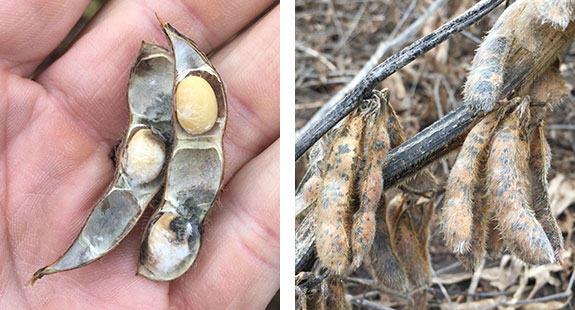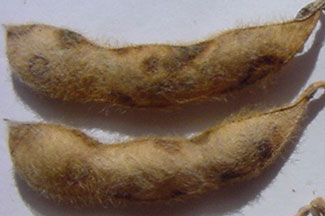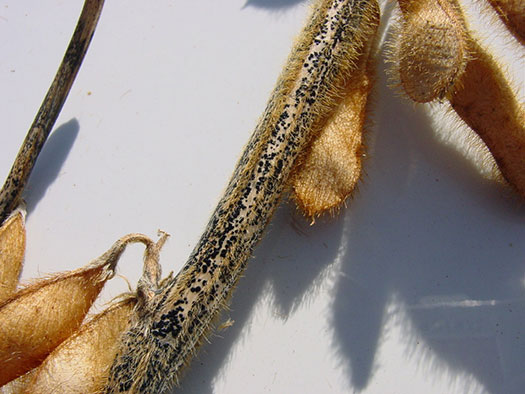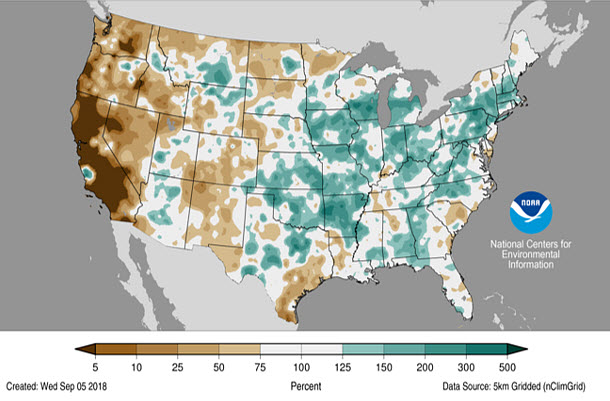Pioneer® brand soybeans offer the best yield potential, strong agronomics and a wide range of herbicide-tolerant trait options for your farm. Maximize performance potential on every acre with soybeans from Pioneer.
Find Local Products10/24/2024
Soybean Pod and Seed Rots

Crop Focus
Written by Mark Jeschke, Ph.D., Pioneer Agronomy Manager
Key Points
- Warm and wet conditions at the end of the growing season prior to harvest can promote fungal pathogens capable of infecting soybean pods and seeds.
- Fungal pathogens that commonly infect soybean pods and seed overwinter in crop residue so are present in essentially all soybean fields at some level.
- Anything growers can do to reduce the amount of time mature soybeans remain in the field before harvest will help reduce the potential for seed quality issues.

The foregoing is provided for informational use only. Please contact your Pioneer sales professional for information and suggestions specific to your operation. Product performance is variable and depends on many factors such as moisture and heat stress, soil type, management practices and environmental stress as well as disease and pest pressures. Individual results may vary. Pioneer® brand products are provided subject to the terms and conditions of purchase which are part of the labeling and purchase documents.
